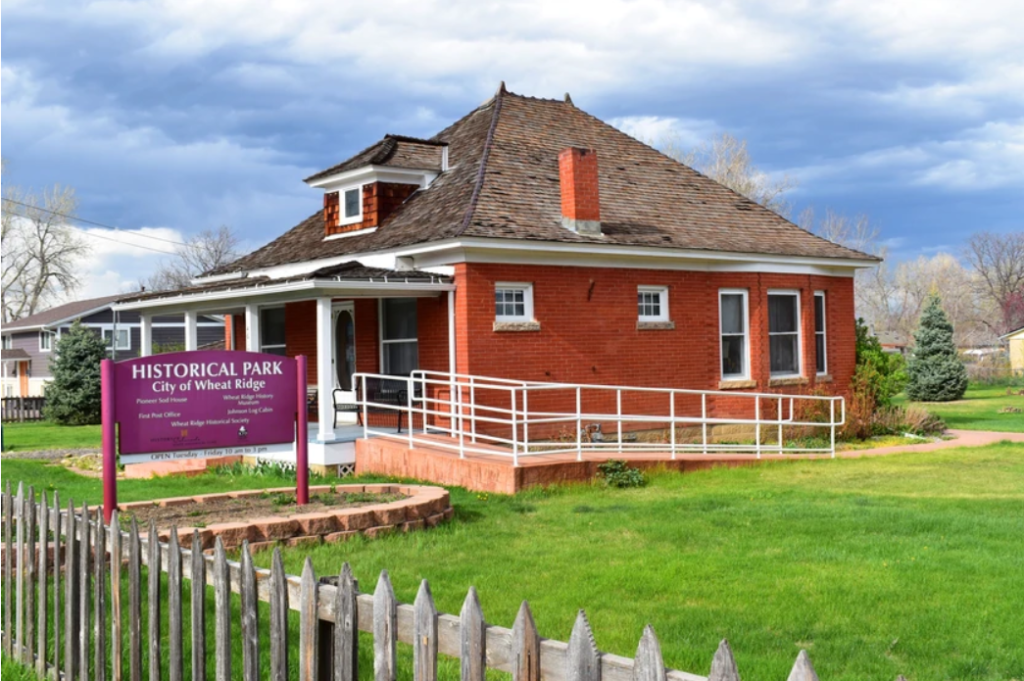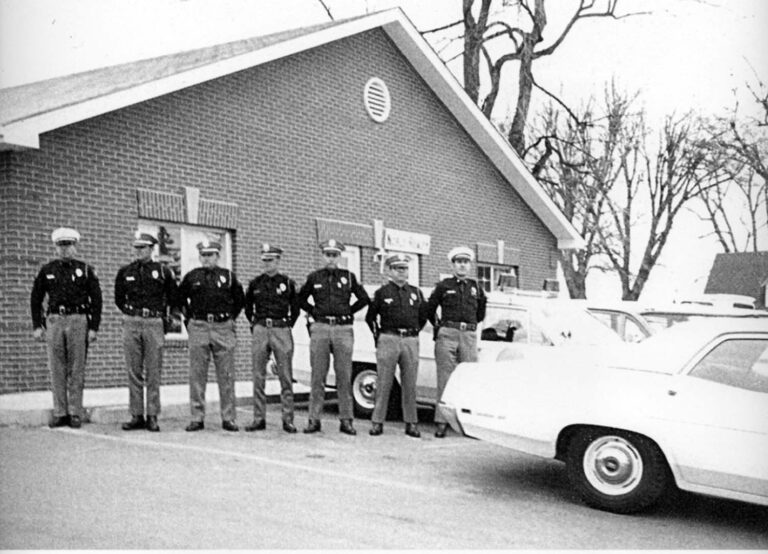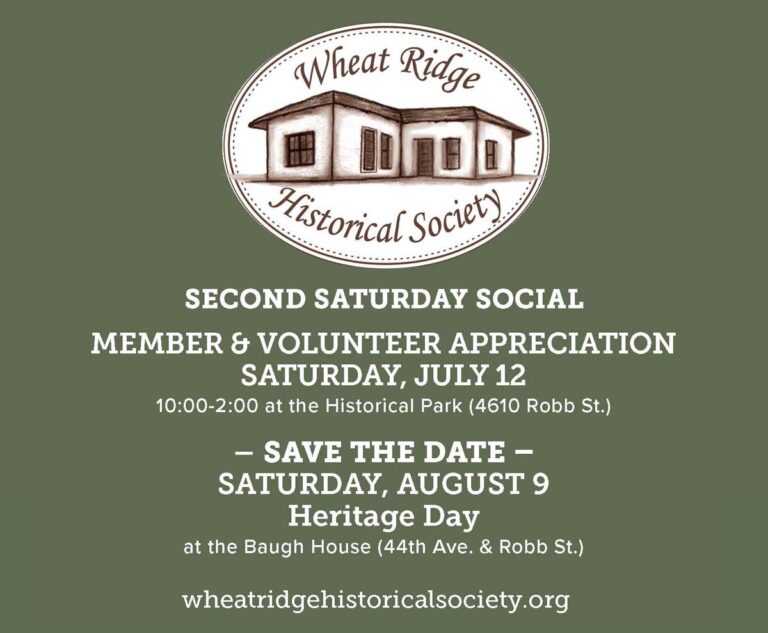In these days of online everything, shoppers must automatically trust the products they’re going to receive without seeing the actual physical items.
We live in a world where we expect (and secretly regret!) the planned obsolescence of our purchases. How did this come to pass? Consider clothing: few people are willing to put in the labor to actually secure a pattern, buy the fabric, cut, sew, press and finish garments. Who has the time?
Less than 100 years ago, though, America was in the midst of the Great Depression. Everyone had to “make do,” while striving to recycle to make sure that nothing was wasted. This need ushered in years of rationing everything from gasoline to sugar, inventive meal planning and inexpensive clothing. One fashion innovation that caught on and spread like wildfire started when married women, then known as “house wives,” began making dresses and shirts for their children out of flour sacks.
Once flour companies caught on to this wave of fashion innovation, geometric and floral patterns began to appear on 50- and 100-pound sacks of flour. In the spirit of cooperation, companies printed instructions on sacks featuring their logos on how to wash out the ink used: soak overnight in soap suds and cold water; wash in warm suds until ink has loosened. Rinse and boil for ten minutes to restore the cloth’s natural whiteness.
Soon it was common to bring home flour sacks with these designs in two or three colors. National publications like “Look” and “Life” magazines and local newspapers printed patterns and included instructions on how to sew various articles of clothing — and not just for kids. The National Cotton Council of America produced a booklet entitled “A Bag of Tricks for Home Sewing,” which not only assured homemakers of high quality cotton sacking, but also instructions for a variety of projects.
Farmers in the Wheat Ridge area, who for decades had taken their wheat crops to Denver mills to process into flour, must have celebrated in 1926 when the Arvada Flour Mills opened. Area farmers finally had a “local” place to mill their wheat. Arva-Pride Flour became an important local staple, just in time to become part of the trend to make flour sack clothes. Mill owners embraced the new fashion trend and offered local residents several printed patterns.
The national trend continued through World War II as families continued to make hard-earned paychecks go further. However, flour producers began to increase prices for their more attractive designs. After the war, Americans’ dreams of prosperity became a reality, and the lure of factory-produced, ready-made clothing took hold. Now, hand-made clothes are as rare as, well, flour sacks.
Keep a watchful eye, though. Someday soon we may see a totally new throw-back at Paris Fashion Week, similar to when mechanically scrubbed holes in Levi’s climbed to the height of couture: Flour sack shirts and dresses, the absolute forefront of fashion.
Wheat Ridge Historical Society
As 2024 begins, so does a year of special festivities for the Historical Society as we celebrate our 50th Anniversary. The Society started in 1974 as a commission charged with publicizing the history of the Wheat Ridge area for the coming Bicentennial-Centennial celebration of 1976. That original group formed the Society, which developed over the years, adding buildings to the Historical Park and thousands of artifacts to its collections, all offered to the public for a mere donation.
Join us this month at the Baugh House (44th Ave. & Robb St.) on Jan. 13, 10:00-2:00, for a historical fashion show and tea party. Learn about fashions of the past, wear your own pioneer or Victorian clothing and win prizes.
Can’t make it to Saturday’s Social? Come visit the Historical Park! The museums are open Fridays, 10:00-3:00, and on other days by appointment. (Check the website for information on new Saturday hours!) For information on all of the above and more, go to our website at wheatridgehistoricalsociety.org, email us at wrhistorical@gmail.com, call 303-421-9111, or stop by the White Family Home at the Red Brick House Fridays at 4610 Robb St. Also, be sure to like us on Facebook.






